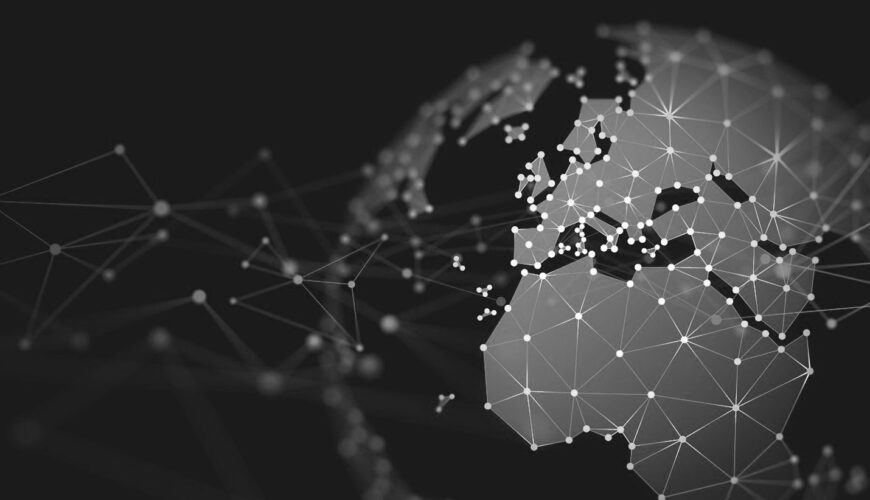Using geofencing technology to trigger automated actions or notifications can greatly improve supply chain operations. This real-time tracking and event-triggering capability make geofencing a powerful tool for supply chain optimization.
In today’s rapidly evolving business landscape, supply chain management plays a critical role in the success of companies across various industries. To meet the increasing demands of customers and maintain a competitive edge, businesses are turning to advanced technologies, such as geofencing, to streamline their supply chain operations. Geofencing technology, which uses GPS or RFID technology to create virtual geographic boundaries, offers numerous applications to enhance supply chain efficiency, visibility, and security. This essay explores the various applications of geofencing technology in supply chain management.
Geofencing Basics
Before delving into its applications, it’s important to understand the fundamental principles of geofencing. Geofencing is a location-based technology that defines geographic areas using GPS coordinates or RFID tags. These virtual boundaries can be set up around specific locations, such as warehouses, distribution centers, retail stores, or even entire cities. When a device equipped with GPS or RFID enters or exits these predefined areas, it triggers automated actions or notifications. This real-time tracking and event-triggering capability make geofencing a powerful tool for supply chain optimization.
Geofencing Applications in Supply Chain Management
Inventory Management
Geofencing technology can significantly improve inventory management. Businesses can track inventory movement in real-time by setting up geofences around warehouses, distribution centers, or retail stores. When goods enter or leave these areas, automatic updates are generated in the inventory management system, ensuring accurate stock levels. This reduces the risk of overstocking or stockouts, improving customer satisfaction and cost savings.
Route Optimization
Efficient transportation is crucial in supply chain management. Geofencing can be used to optimize delivery routes. Companies can create geofences around customer delivery locations and use route optimization algorithms to find the most efficient way to deliver goods to multiple destinations. This not only saves time and fuel costs but also reduces the environmental impact of transportation.
Warehouse Operations
Geofencing technology can enhance warehouse operations by automating various tasks. For instance, a delivery truck entering the warehouse geofence can trigger the unloading process. Similarly, geofencing can alert the appropriate personnel when products are ready for shipment, ensuring timely dispatch. This automation improves efficiency and reduces human errors.
Shipment Tracking
Real-time shipment tracking is crucial for both businesses and customers. Geofencing allows companies to provide customers with accurate, up-to-the-minute information about the status and location of their shipments. Customers can receive notifications when a delivery approaches, enhancing their overall experience.
Yard Management
Geofencing can be employed in the management of shipping yards and distribution centers. By creating geofences around specific areas within these facilities, companies can track the movement of trucks, containers, and assets. This information can be used to optimize yard operations, reduce congestion, and enhance overall efficiency.
Security and Theft Prevention
Supply chain security is a significant concern for businesses. Geofencing can help improve security by creating virtual perimeters around high-value assets or restricted areas. If a vehicle or asset with a GPS tracker moves outside its designated geofence, an alert can be triggered, enabling rapid response to potential theft or unauthorized access.
Compliance and Regulatory Requirements
Many industries have strict regulatory requirements related to transporting and handling goods. Geofencing technology can assist in ensuring compliance with these regulations. For example, geofences can monitor temperature-sensitive cargo to ensure it remains within specified temperature ranges during transit, which is crucial for industries like pharmaceuticals and food.
Geofencing technology offers many applications that can significantly benefit supply chain management. From inventory management and route optimization to warehouse operations, shipment tracking, yard management, security, and compliance, geofencing enhances efficiency, visibility, and security throughout the supply chain. As businesses continue to face increasing pressure to meet customer demands and reduce costs, integrating this new technology into their supply chain operations can be a strategic decision that provides a competitive advantage in today’s dynamic marketplace. With the continuous advancements in this technology, its role in supply chain management will likely grow even further, making it an indispensable tool for modern businesses.


